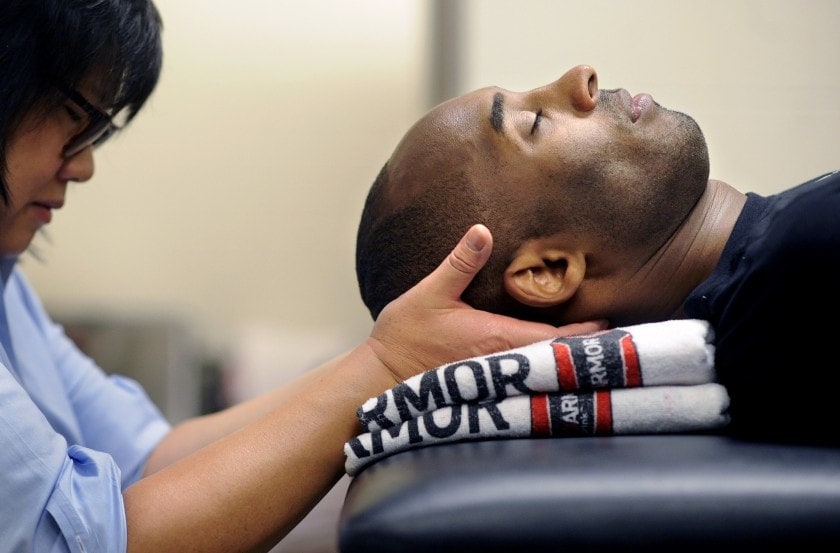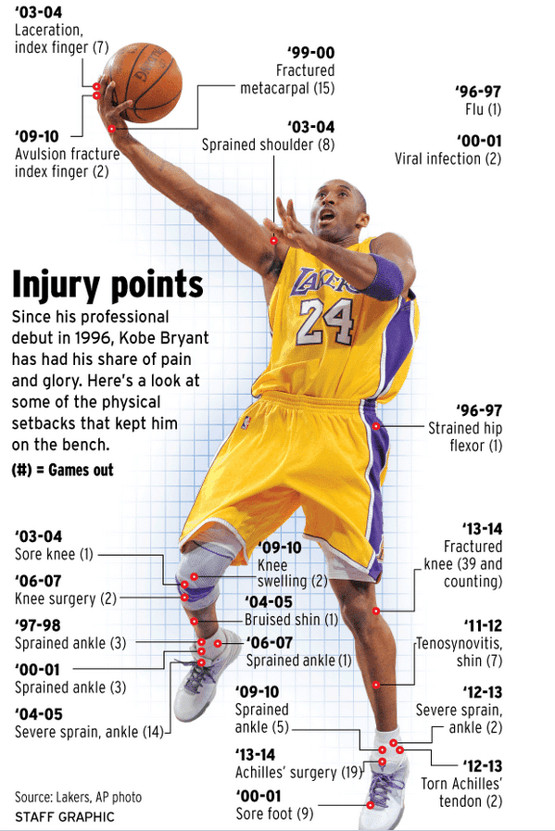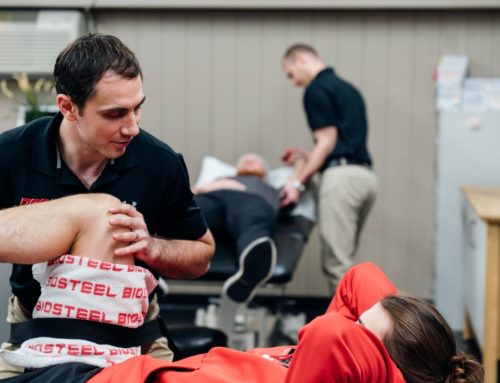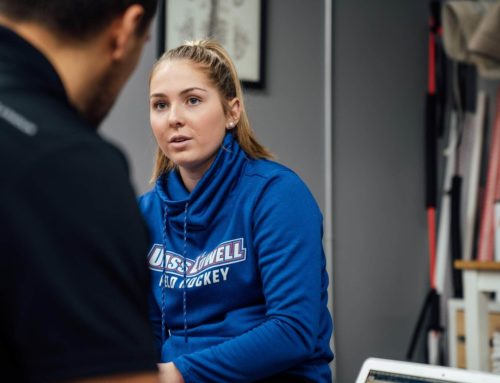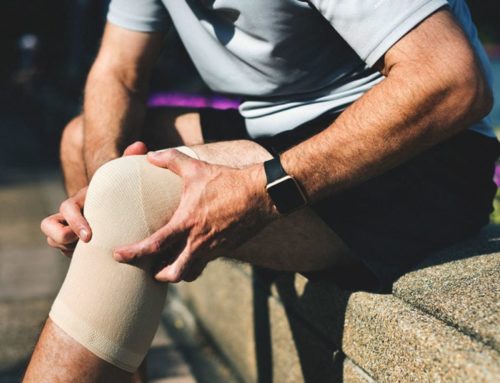Kobe Bryant’s talent was hall of fame caliber, but his personality & mamba mentality made a lasting impression on the world. As we continue to reflect on his impressive career and life, those behind the scenes are often forgotten. His career was scattered with injuries, but he remained committed to the professionals that helped him recover from his injuries so that he could continue to compete at the highest level.
The Mamba Mentality [i][ii]
Bryant’s “secret weapon” throughout his career has been physical therapist Dr. Judy Seto. As physiotherapists, we are natural competitors. It’s not uncommon to hear that a rehab professional competed in sports or some level of the arts growing up. We competed to get into physiotherapy programs and once we “made it” as a designated therapist, we continue to compete within ourselves to be the very best we can be. Like Kobe, we’ve developed some level of the mamba mentality.
So other than your physiotherapist embracing Kobe’s mamba mentality, how can the same mindset help you become successful in physiotherapy, just like Kobe?
Get in great physical shape NOW
If you are physically fit and healthy, you will reduce the likelihood that you’ll need physiotherapy and help you recover faster if you do end up getting injured. Dr. Seto said that “because [Kobe is] in such good health and how much he works on his body, his recovery is indeed faster.”
Ask questions to gain an understanding about how your body works
Seek out a physiotherapist that works on restoring whole body function and not just on temporarily eliminating pain. Dr. Seto emphasized that Kobe “really wants to know the information about what’s going on with his body. Over the years he’s developed a keen understanding of his body, so when we discuss injuries he picks things up very quickly. He knows the relationships of how a certain injury impacts another body part.”
Be detail oriented
This means being detailed from a treatment perspective. How does your treatment plan fit into the BIG picture? Is your rehab specific and respecting the healing process? Is your rehab specific to the sport? Are there phases of treatment working towards an ultimate goal? The more detail in a treatment plan, the greater chance for trust between therapist and patient. Dr. Seto admitted Kobe was particular and, “the best way to earn his trust is to know what you’re talking about. He’s seeing me for a reason: how can I help him be a better basketball player. If I couldn’t help him, he wouldn’t [have] come back.”
Focus on the process and have a positive attitude about your physiotherapy experience. Outcomes will naturally follow
Become the best you can be with the tools you have. This applies both to the therapist and patient. Trust in yourself, trust the process, and maintain a positive attitude. Appraise where the strengths and weaknesses lie allowing you to focus attention towards areas of improvement. Dr. Seto said, “how you approach an injury really impacts the actual healing process and how well people come back from their injury. It can take a guy with a great attitude a shorter period of time to get better than it might someone with a negative attitude; those things really matter. Focusing on the future can be really important, and takes so much less energy from someone that has a negative thought process.”
Commit to the rehab, work hard, and do everything you can to get better
As therapists, we all do the best we can with each of our patients. We apply the tools and knowledge in our tool belt to provide the best care possible, but sometimes there are unexpected setbacks. We feel like our heads are spinning to try and come up with the magic answer. Rather than spinning our physiotherapy wheels, we research outside of clinical hours or discuss the case with a seasoned therapist. If we, as therapists, don’t stop working hard and commit to your rehab, you should too. It’s a team effort and we are in this together. Dr. Seto called Kobe “the consummate professional. He wants to do whatever it takes to get better… [and he] wants treatments that are rooted in science.”
Recognize that pain is often part of the process
As a treatment plan progresses, it is not uncommon to have some pain return. Focus on the functional gains you are achieving. It’s important to have an understanding of what pain is expected and what pain is too much. “He also has the highest pain tolerance of anybody I’ve ever met,” said Dr. Seto. “It’s not that he doesn’t feel pain, but that he does not let it take over his mind set. He can block out a lot of things to not allow the pain to interfere or limit him. He won’t put himself in jeopardy by ignoring pain and making unwise decisions. But because he understands his own body well, he can live with pain and still play at a very high level.”
Seek physiotherapy early and often
One of the biggest benefits of being in the NBA (or any other professional sport) is that Dr. Seto gets to “see the players every day, and they [get] to see me too, so if anything happened, we could address it right away.” Dr. Seto added that she can “address things sooner and keep problems at a very minor level instead of having an early injury grow and impact other areas of the body.” Why should this only be limited to professional athletes? As you gain an understanding about your own body and find a rehab professional that you trust, get small problems fixed early. The longer problems persist, typically the longer it takes to fix the system.
Written by: Mike Laidley (Director of Sports Rehab) & Andrew Howie (Registered Physiotherapist)

